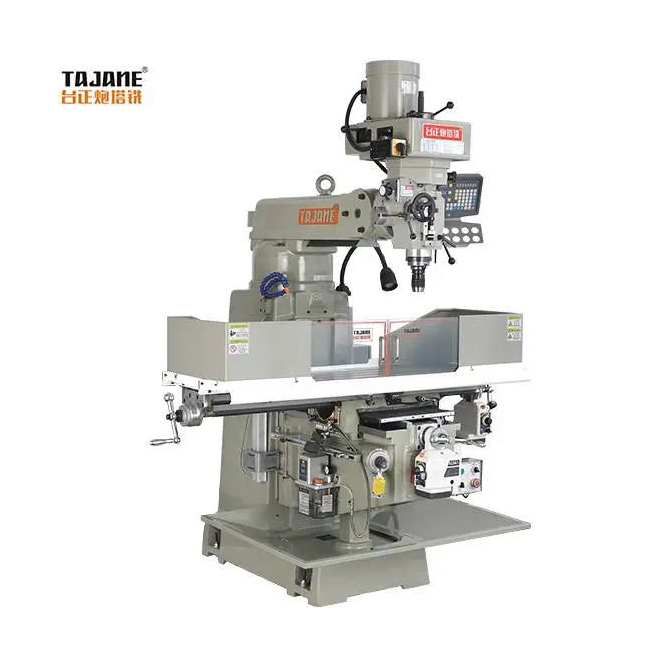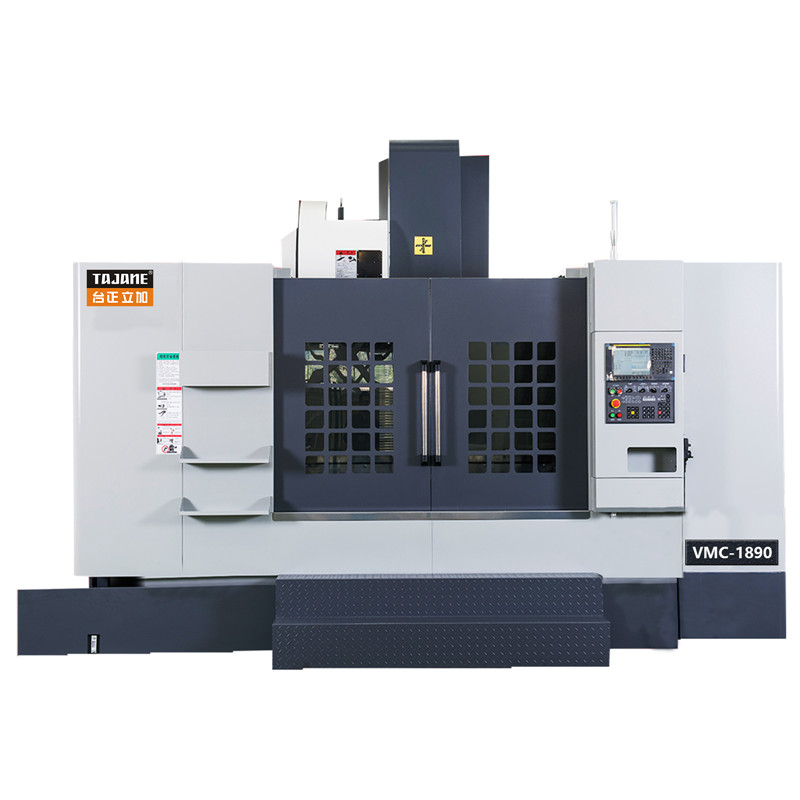Robotic milling is the concept of leveraging the flexible nature of industrial robots to modify conventional CNC (computerized numerical control) machining applications like cutting, milling, drilling, and routing. There are different types of milling machines. In this article, we shall discuss the pros and cons of horizontal and vertical milling processes. Pros of Vertical Milling Systems
While both horizontal and vertical machining systems have pros and cons, they are critical for manufacturing plants. Vertical milling systems come with a vertically oriented cutting head and a spindle that advances above and below the z-axis while pressing across a workpiece to shred material. China Horizontal Knee Mill Manufacturers

The remaining part of the machine repeatedly places the product to facilitate cutting by shifting along the y-axis and x-axis, while creating a direct visibility line as the machine cuts. There are two different vertical mills which are turret and bed mills. Each of them comes with various pros and cons based on the application type. They include: Cost - Effectiveness
Less upfront cost is involved during the implementation of a vertical milling machine robot . What’s more, projects done using vertical milling are cheaper, meaning that consumers benefit from the manufacturing savings. User-friendly
Vertical mills do not require extra fixtures and this makes them easy to operate. They come with enhanced visibility allowing operators to identify potential issues during the milling process. Vertical Mills are Popularly Used
Vertical machining stations are the most commonly used milling machines in the metalwork sector. As a result, finding expert machinists conversant with these systems and replacement parts is easy. They are Excellent for Small Shops
There are numerous reasons why vertical mills are optimal for small manufacturing plants and shops such as fast milling tasks, affordability, user-friendliness, and the fact that they require minimal floor space. Cons of Vertical Milling Systems They are not Ideal for High-weight Projects
Lifting and lowering these machines along the vertical platform can be a difficult task. As a result, they do not function well for heavy items. Limited Production Output
Vertical machining systems cannot cater to cost and time efficiency in sophisticated and large quantity machining tasks. They are incapable of executing a fast output rate, unlike their horizontal counterparts. Minor-horsepower Motors
With this limitation, handling some parts becomes difficult, especially if they are sophisticated. The Pros of Horizontal Milling
Horizontal machining mills feature a horizontally-placed cutting head and spindle. The horizontal mill cutters are short and thick, enabling them to execute deeper, heavier, and quick cuts. They are fixed along the arm and over the table which is also known as an arbor, enabling the horizontal mills to leverage different cutters concurrently. Objects are delivered from three separate axes.The pros of horizontal mills include: They are Designed for Sophisticated and Large Projects
The horizontal milling machine is versatile enough to handle groovy and heavy objects. It is mechanically designed to execute multiple tasks at once, which enhances productivity and efficiency. They are Fast
The horizontal mills are designed to execute fast cuts concurrently. They can also be rotated, allowing them to mill from multiple edges than focusing on the horizontal surface. This structure accelerates the process without compromising accuracy. Enhanced Chip Removal
The horizontal machining mill design facilitates the easy removal of chips. As a result, the surface finish will be better; meaning that less fabrication will be required, which guarantees a prolonged tool life. Cons
They are Larger and Costly
Horizontal milling machines are large machines whose upfront implementation costs can be high. Further, it takes up lots of space, meaning small businesses with limited spaces may not utilize them. They are not Commonly Used
Horizontal milling machine systems are not only costly, but maintaining them can be overly expensive. As a result, they are not commonly used and finding skilled operators can be complex. Further, should your machine break down, finding replacement parts can be difficult.
Despite the cons, many businesses may need horizontal milling machined due to their advanced output and task accuracy. Often, the machine will cater to its costs. Finally

Small Cnc Vertical Milling Machine If you are struggling to choose one of these systems over the other, these pros and cons should help you make an informed decision.